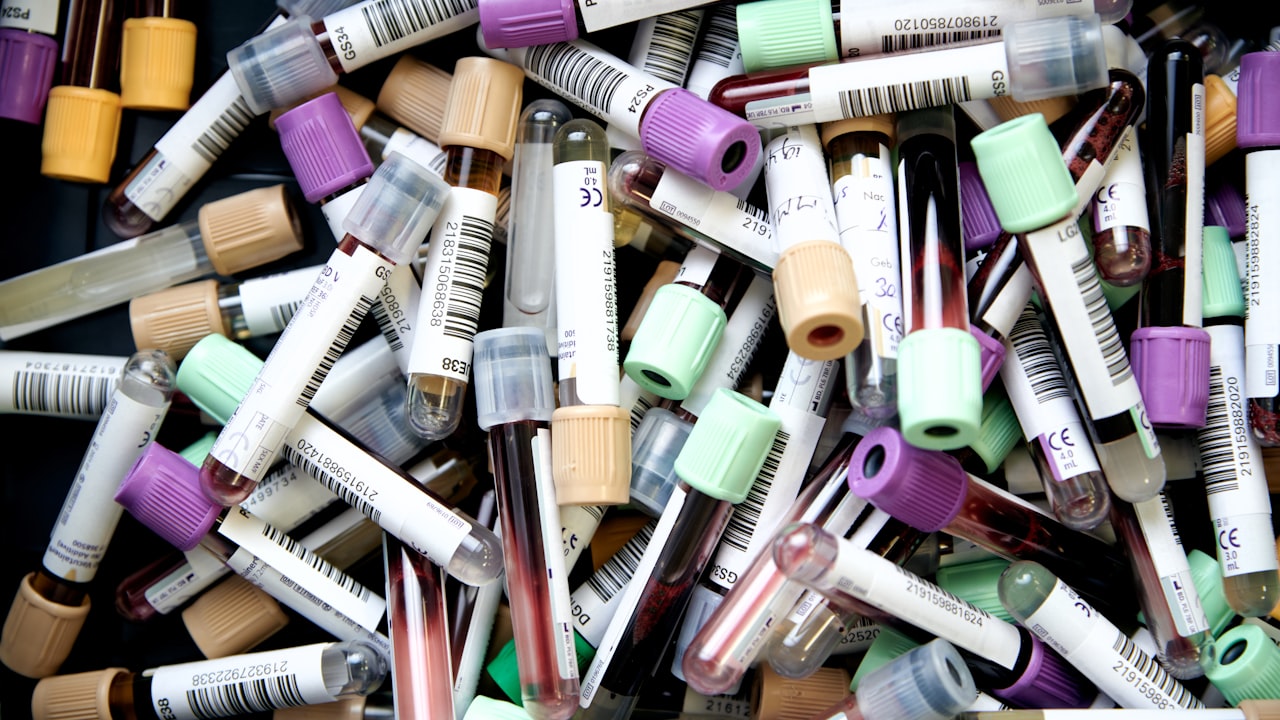Title: Design Considerations for Injection Molds: A Comprehensive Guide
Injection molding is a widely used manufacturing process in which molten material is injected into a mold cavity to produce a desired shape. The design of the injection mold plays a crucial role in the success of this process. In this article, we will discuss key considerations for designing injection molds to ensure optimal output from an injection mold factory or supplier.
First and foremost, the material selection for the injection mold is critical. The material must have the appropriate properties to withstand the high temperatures and pressures involved in the injection molding process. Common materials used for injection molds include steel, aluminum, and pre-hardened steel. The choice of material will depend on factors such as cost, production volume, and desired mold life.
Another important consideration is the design of the mold cavity and cooling system. The mold cavity should be designed to accurately replicate the desired shape of the final product. It is essential to consider factors such as parting lines, draft angles, and venting to ensure proper mold filling and ejection. Additionally, an efficient cooling system is essential to maintain consistent cycle times and prevent warping or shrinkage of the molded part.
Gate design is another crucial aspect of injection mold design. The gate is the point at which the molten material is injected into the mold cavity. The size, location, and type of gate will impact the flow of material, the packing of the cavity, and the appearance of the final part. Common gate types include sprue gates, edge gates, and sub-gates, each suitable for different applications.
Furthermore, considerations should be made for mold maintenance and longevity. Proper maintenance, such as regular cleaning and lubrication, can extend the life of the mold and ensure consistent quality of the molded parts. Additionally, designing the mold with features such as inserts, lifters, and slides can facilitate easy part ejection and reduce cycle times.
In conclusion, designing injection molds requires careful consideration of various factors to ensure optimal performance and quality of the molded parts. By working closely with an experienced injection mold factory or supplier, designers can create molds that meet the specific requirements of their production processes. Adhering to best practices in material selection, mold design, gate design, and maintenance will result in efficient and cost-effective injection molding operations.

 Title:
Title: